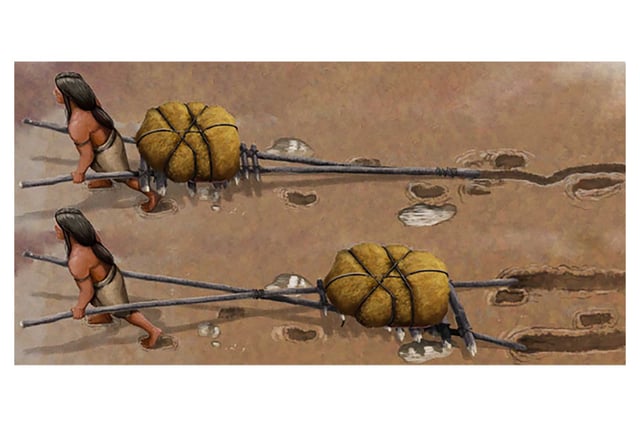Overview
- Researchers discovered drag marks alongside human footprints in White Sands National Park, New Mexico, dating back 20,000 years.
- The marks were likely created by a travois, a primitive vehicle made of wooden poles, predating wheeled vehicles by 17,000 years.
- The findings suggest an earlier timeline for human migration to the Americas, challenging the dominant theory of entry 15,000 years ago.
- Tests using replica travois confirmed that the drag marks match the prehistoric tracks found in New Mexico.
- The discovery provides new insights into how early humans transported goods and resources, with footprints suggesting families, including children, participated in these migrations.

